Breathing is necessary for us to live. For most of us, breathing is automatic and involuntary. Meaning, we don’t have to consciously think about it all the time.
Learning about how we breathe and how our lungs work is a great science topic to discuss with your kids. And since we can’t visually see our respiratory system, we are building a simple lung model to demonstrate how our lungs and the diaphragm muscle work together.
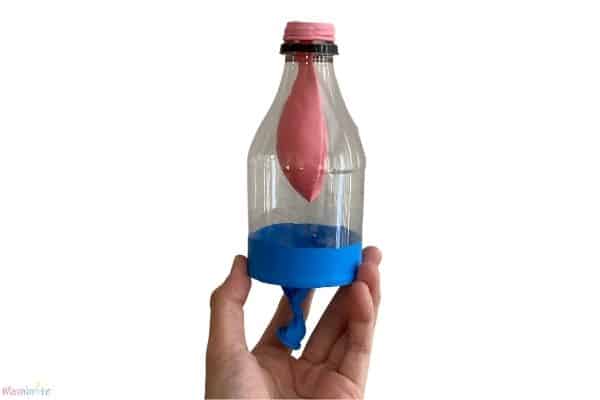
Kids love learning human anatomy because they love knowing more things about themselves. On top of building a balloon lung model, we will also conduct a few experiments to help our kids understand how to breathe properly.
How To Make a Model of the Lungs
Materials:
- 2 balloons
- Bottle
- Knife
Instructions:
1. Carefully cut the bottom 2 inches of the bottle off with a knife.
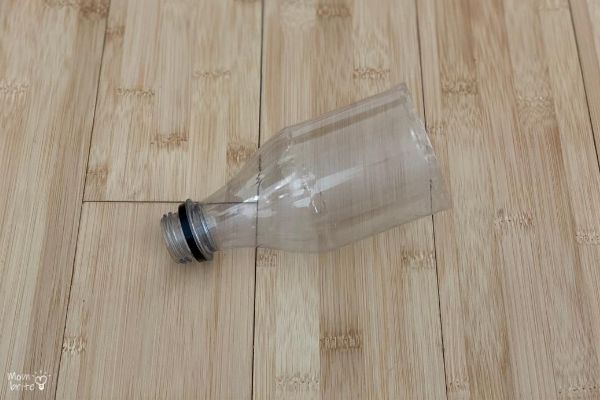
2. Tie a knot at the end of a balloon and cut the round end.

3. Stretch the balloon around the bottom of the plastic bottle.
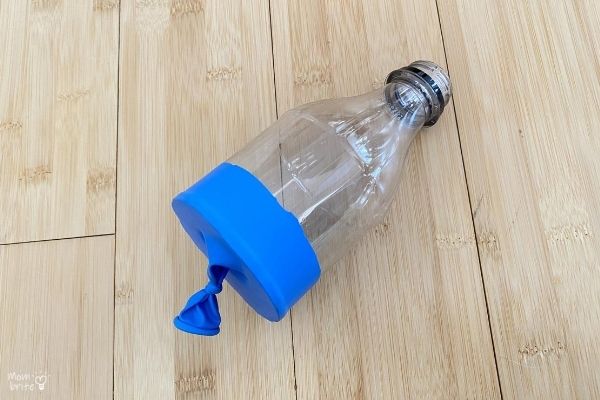
4. Insert the other balloon in the neck of the bottle, holding the lip of the balloon so it doesn’t fall in.
5. Fold the lip and neck of the balloon around the bottle opening so that the balloon hangs from the top.
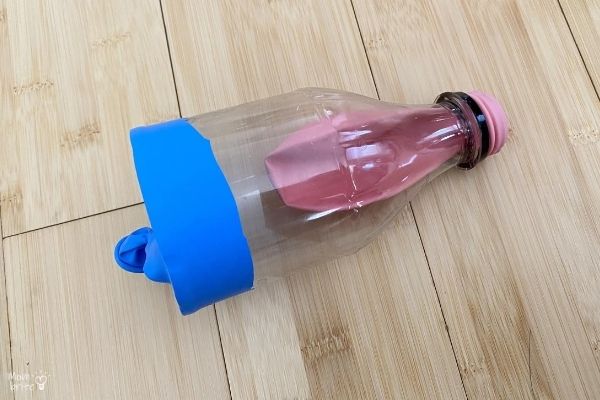
6. Pull the bottom balloon and watch the balloon inside the bottle inflate.

The kids were amazed that just by pulling on the bottom balloon, you can inflate the other balloon. In fact, even though the experiment was super easy, it demonstrates exactly how our lungs work inside our bodies.
The balloon inside the bottle represents the lung. The other balloon is the diaphragm, or a dome-shaped muscle below our lungs. If you ever had singing lessons, you would remember the choir teacher asking you to place one hand below your rib cage so that you can feel the movement of your diaphragm.
At the end of the day, how we are able to breathe is all due to the physics of air pressure!
Let’s explore more.
How Do Lungs Work?
Even though we can’t see air, it is all around us. Air is made out of tiny particles that collide against each other and push against everything it touches. The pressure exerted by the air molecules is called air pressure.
When we inhale, our diaphragms tighten and flatten out. The amount of room inside your chest cavity increases and the air pressure decreases. With lower air pressure inside your lungs, the outside air moves into your lungs to even out the air pressure inside your lungs and the atmospheric pressure.
On the other hand, when we exhale, our diaphragm relaxes. The volume of your lungs decreases, increasing the pressure in your chest cavity. As a result, air rushes out to balance out the air pressure inside your lungs and the air pressure outside.
The simple lung model shows you how our lungs operate. As you pull down on the bottom balloon, the volume inside the bottle increases and pressure decreases. Air rushes into the top balloon to decrease the volume inside the bottle, making the air pressure inside the bottle equal to the outside.
When you release the bottom balloon, the volume of the bottle decreases, and air pressure increases. The air molecules push against the top balloon, forcing the air out.
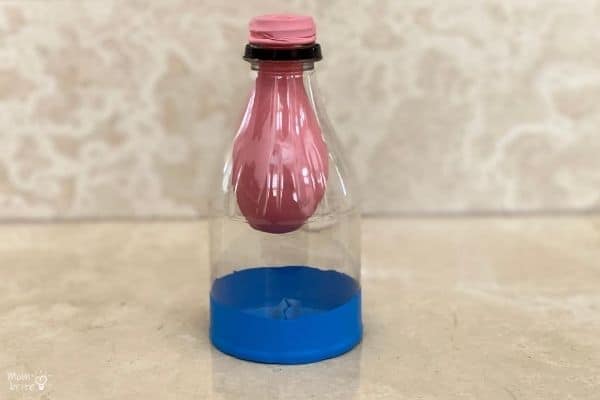
How to Breathe Properly
You would think a balloon lung model wouldn’t make for an interesting toy for an elementary school kid. But after we finished the activity, my 6-year-old son kept playing with the lung model and asking me questions about how we breathe. This eventually led to a discussion on how to breathe effectively.
When a doctor asks you to inhale deeply, what do you usually do? I bet you try to suck in a lot of air and make your chest puff out.
Most people think that when you try to get as much air into your lungs as possible, you want to make your chest as big as possible. But remember, your lungs only expand because of your diaphragm contracting and decreasing the air pressure inside your chest.
The key to proper breathing then lies in the use of our diaphragm muscle. You can demonstrate this with a simple exercise with your kids.
Ask your kid to take a deep breath by puffing up his chest and sucking in his belly. Use a timer and see how long he can hold his breath.
Then ask your kid to take another deep breath by expanding his belly. Use the timer and see how long he can hold his breath this time.
Was there a substantial difference in how long your kid could hold his breath when he breathes the right way? My son could hold his breath 10 seconds longer when he breathes with his diaphragm.
How Posture Affects Breathing
Another simple experiment we conducted was how the way we sit at our desk affects our breathing.
Ask your kid to hunch over while sitting on a chair. Have him take a deep breath while maintaining the hunched over position. Could he do it?
When you slump over while you sit, your diaphragm can’t contract well and create room for your lungs to expand fully. As a result, you are not able to inhale much air in your lungs and therefore, you are not able to receive the optimal amount of oxygen. This starts a domino effect of stress on your body that leads to a lack of focus and fatigue.
Now ask your kid to sit up straight with proper posture. Isn’t breathing so much easier when you can expand your abdomen? You can also repeat the “how long can you hold your breath” activity we did above to show your kid the difference of breathing with bad posture versus good.
Conclusion
Who knew kids would be so interested in human anatomy? And never in a million years did I expect one simple lung model would lead to so many discussions about healthy breathing habits. This activity is for sure a win!
YOU MAY LIKE:
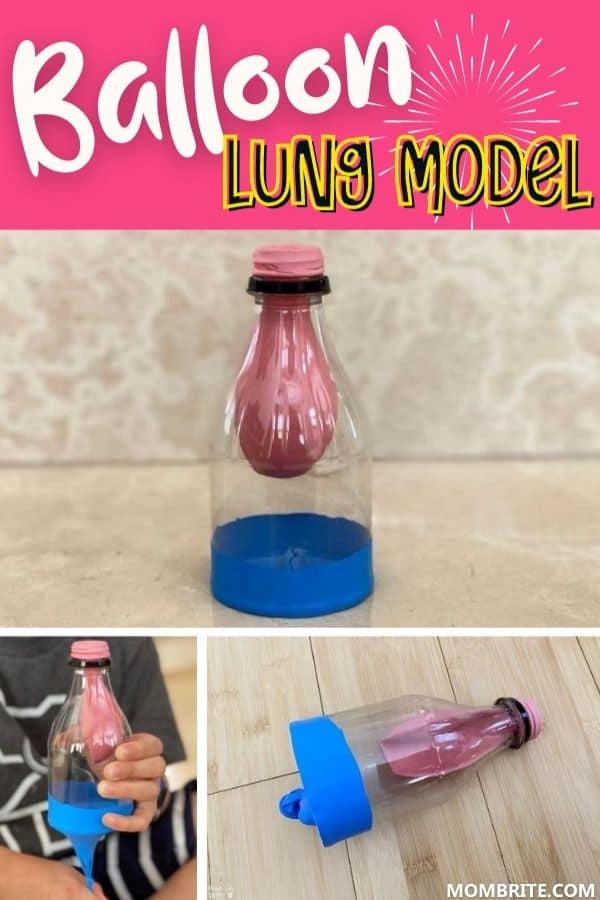

Thank you so much. I am substituting in a 5th-grade class for three weeks and want to make it exciting.